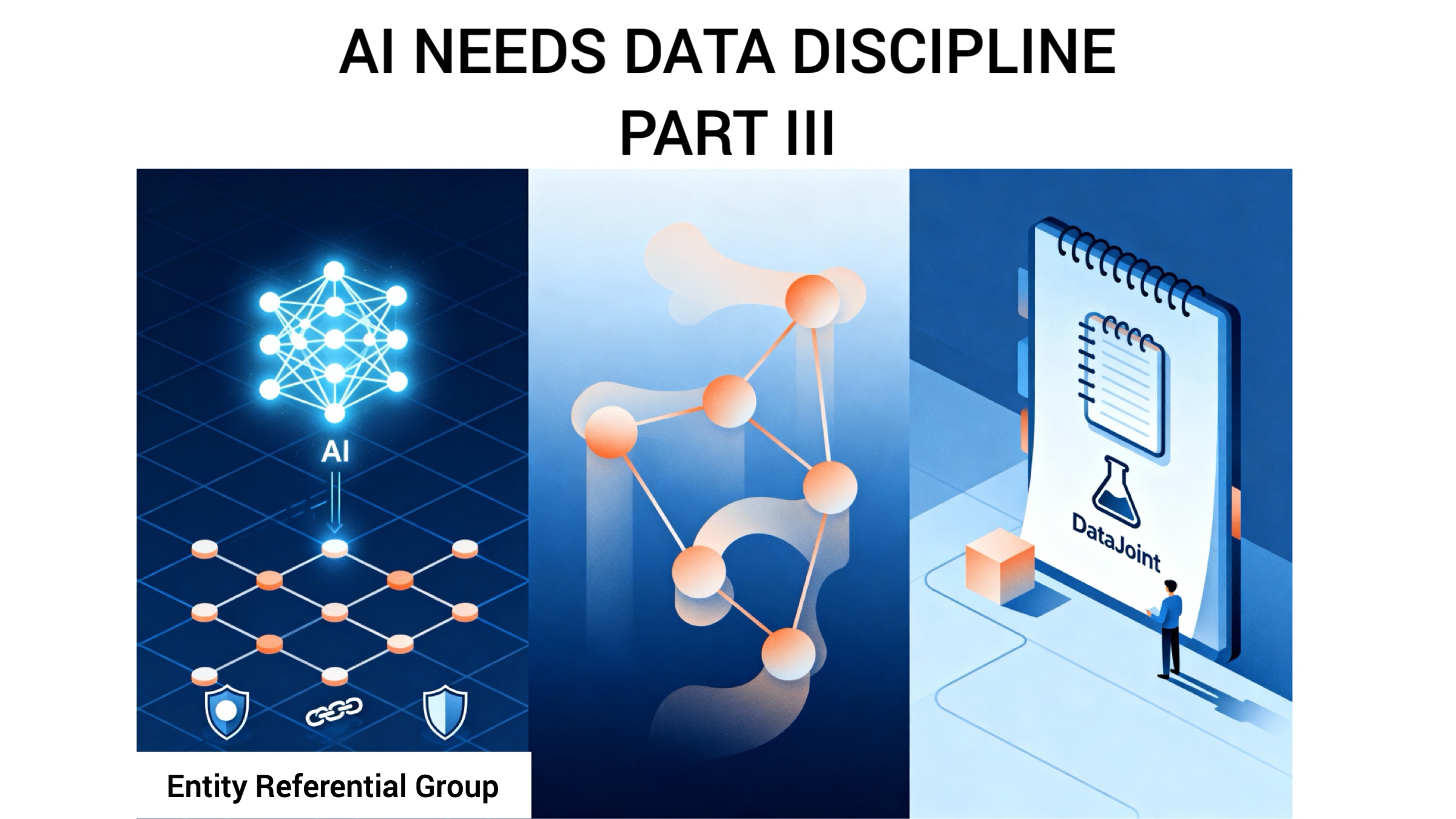Restoring Gold Standard Science

This article is Part 2 of our three-part series, Entrepreneurs of Insight. In Part 1, we explored how the post-WWII compact between science and society has collapsed. Here we examine the Executive Order on “Restoring Gold Standard Science” – its rationale, benefits, and risks. In Part 3, we introduce a new vision: Insight Entrepreneurship.
“Restoring Gold Standard Science”
A significant governmental response to the perceived crisis in science arrived with the Executive Order issued on May 23, 2025, “Restoring Gold Standard Science.” Understanding its rationale, approach, and likely impacts is crucial for charting a more effective path forward for the scientific enterprise.
Stated Rationale and Aims of the Executive Order: The EO directly cites a significant fall in public confidence in scientists, a reproducibility crisis acknowledged by researchers themselves, and high-profile data falsifications. It argues that the Federal Government has contributed to this loss of trust, providing examples such as allegedly misleading COVID-19 school guidance, flawed environmental projections (National Marine Fisheries Service), the controversial use of certain climate change scenarios, and the politicization of science through initiatives like Diversity, Equity, and Inclusion (DEI) in science planning under the prior administration. Its stated purpose is to restore a “gold standard” for science, ensuring federally funded research is transparent, rigorous, and impactful, and that Federal decisions are informed by credible, reliable, and impartial scientific evidence. The EO aims to restore scientific integrity policies of a previous administration and thereby rebuild the American people’s faith in the scientific enterprise.
Critique of the “Restoration” Premise and its Vision: A core tenet of the EO is the “restoration” of a supposed former ideal of scientific practice. However, this premise is problematic. The “gold standard” it seeks to reinstate may be an idealized or romanticized view of a past that never quite existed in such a pristine form, or one that is ill-suited to the complexities of 21st-century science. Science’s relationship with society has always been dynamic and often contested. More importantly, the EO, by its very nature as a corrective and restorative measure, does not offer a new, forward-looking vision for science. It is primarily a framework of control and compliance, focused on rectifying perceived past errors through prescribed standards and procedures. While principles like rigor and transparency are vital, the EO’s approach risks defining them too narrowly or instrumentally, potentially leading to a bureaucratic and defensive posture within the scientific community rather than fostering a proactive culture of innovation and intellectual leadership.
The EO’s impact, while aiming for positive outcomes like enhanced reproducibility and transparency, is likely to be mixed and carries significant risks:
Potential Benefits:
If implemented judiciously, a heightened focus on data transparency, clear articulation of uncertainties, and rigorous peer review could address some valid concerns about scientific practice, particularly in regulatory science.
Significant Risks and Limitations:
- Stifling Innovation: The prescriptive nature of “Gold Standard Science,” with its detailed mandates, could lead to a compliance-driven research environment that discourages novel, high-risk, or unconventional avenues of inquiry – the very approaches that often lead to breakthroughs.
- Politicization of Science Policy: The EO itself is a political document, explicitly reversing policies of a “prior Administration” and targeting specific scientific examples through a particular lens. This sets a precedent for science policy to oscillate with changing administrations, undermining the stable, long-term frameworks necessary for scientific progress. The mechanisms for defining and enforcing “impartiality” or identifying “highly unlikely assumptions” could themselves be wielded for political ends, subtly directing research away from disfavored topics (e.g., certain aspects of climate science or public health).
- Increased Bureaucracy: Implementing and monitoring compliance with the EO’s detailed requirements across all agencies could create significant administrative burdens, diverting resources and time from research itself.
- Focus on Process Over Outcome: An overemphasis on adherence to prescribed processes might not, by itself, guarantee better scientific outcomes or restore deep public trust, which is also built on demonstrated societal benefit and engagement.
- Narrowing of Scientific Inquiry: The EO’s critique of certain scenarios or its discouragement of DEI considerations could inadvertently narrow the scope of scientific inquiry or discourage research into complex societal challenges where such factors are relevant.
Underlying Social and Scientific Trends: The emergence of such an Executive Order is not an isolated event but is underpinned by broader social and internal scientific trends. These include a documented decline in public trust in many institutions (including science and academia), heightened political polarization where scientific findings are often weaponized, and the rapid spread of misinformation that can erode the authority of scientific consensus. Internally, the scientific enterprise has faced valid criticisms regarding reproducibility, transparency, and, as discussed previously, instances where academic communities have struggled to maintain healthy, open debate on contentious issues, sometimes appearing insular or ideologically uniform to segments of the public. These internal vulnerabilities and the external climate of skepticism can create an environment where directive interventions like the 2025 EO are seen by some as necessary or politically opportune.
This Executive Order, therefore, represents a critical juncture. While it responds to some legitimate concerns, its top-down, regulatory, and potentially politicized approach is unlikely to provide the adaptive, resilient, and genuinely empowering framework that science needs to thrive and effectively serve society in the future. This underscores the urgent need for a more fundamental rethinking of the scientific enterprise, driven from within the community itself.
Continue reading in Part 3 of the series, Insight Entrepreneurship – A New Vision for Science.
Related posts
Neuropixels, Plainly Explained
AI and the Evolution of Relational Schemas
Insight Entrepreneurship – A New Vision for Science
Updates Delivered *Straight to Your Inbox*
Join the mailing list for industry insights, company news, and product updates delivered monthly.

.svg)





